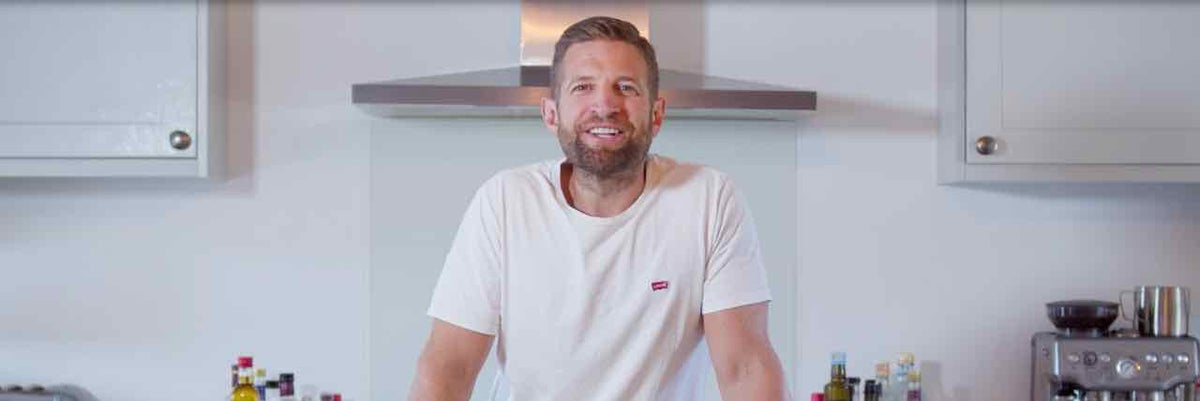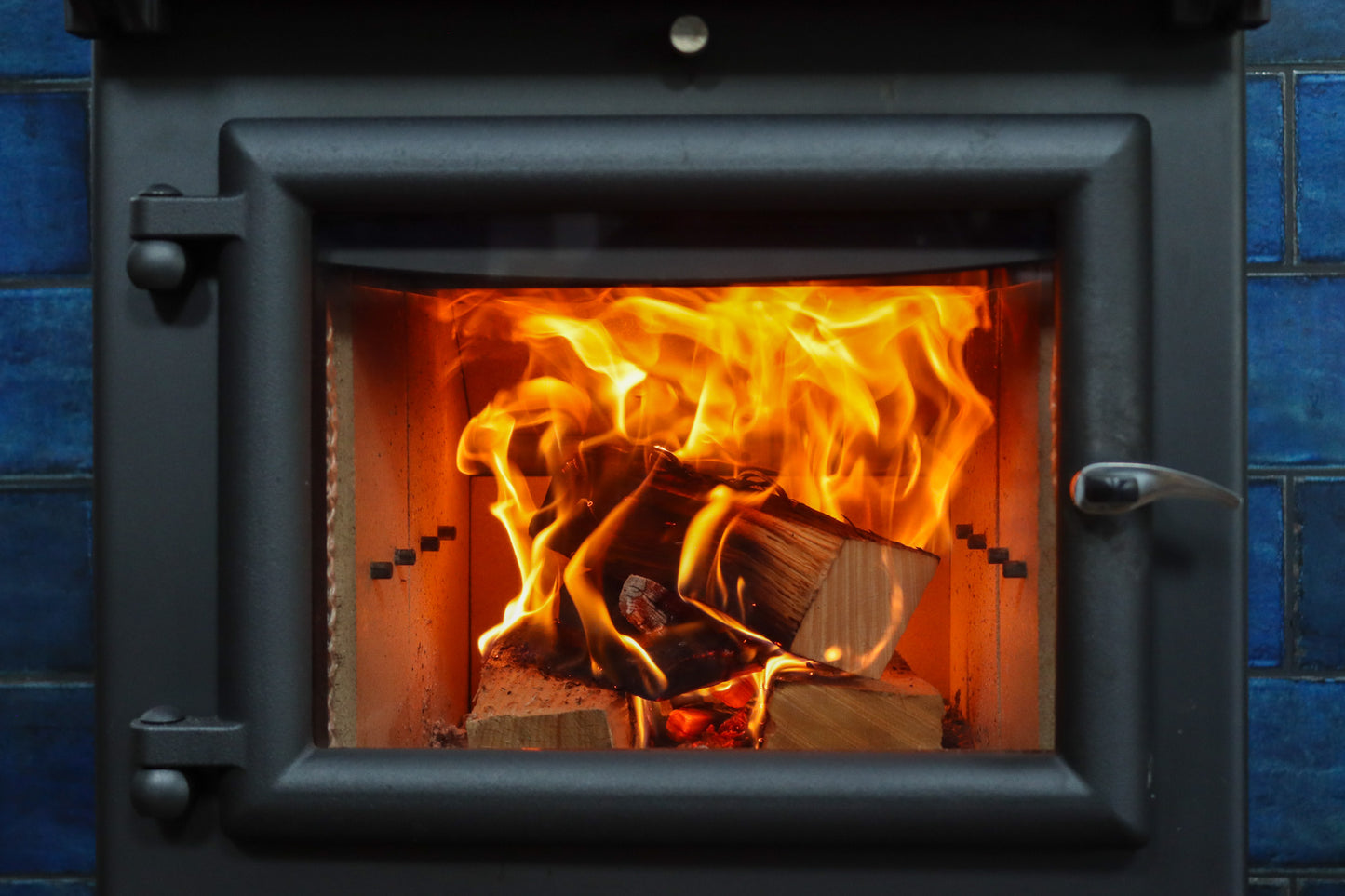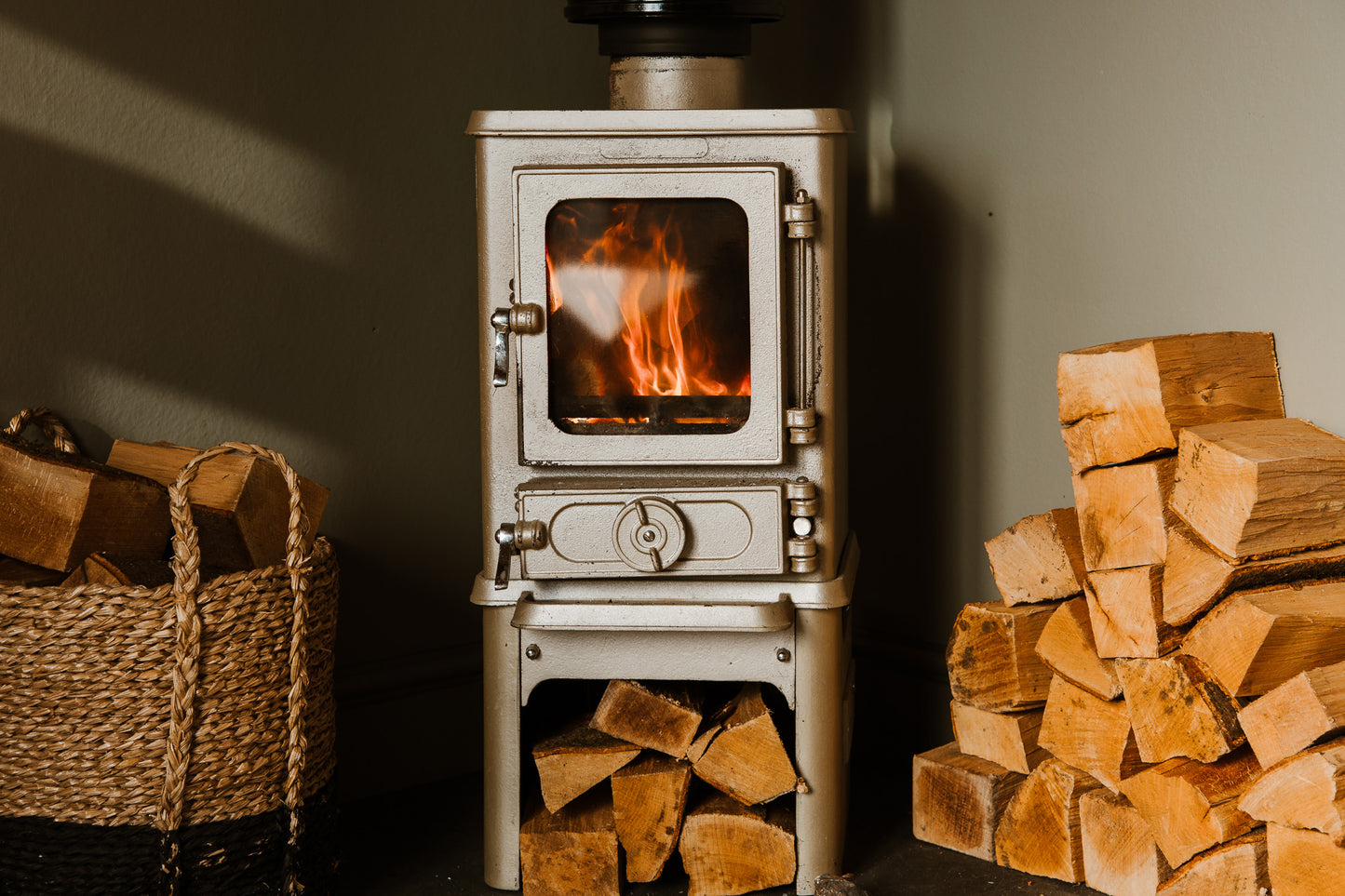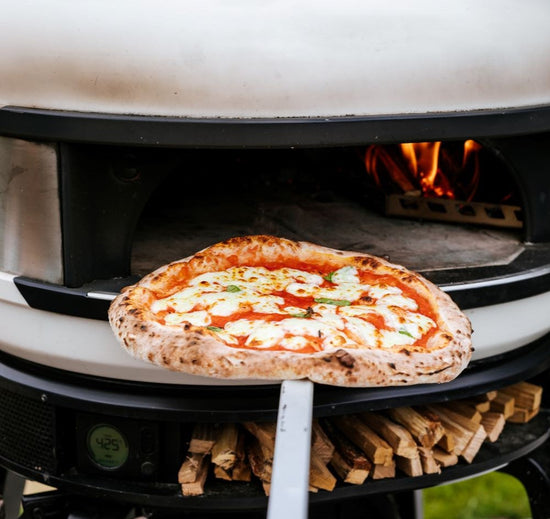

Over more than three years' cooking in wood fired ovens, I've been through lots of trial and error with dough recipes and making adjustments to my process.
I cook using various Ooni pizza ovens, both Gozney ovens and a large steel pizza oven, among others - and this dough is suitable for use in all of them.
Ultimately I'm quite a lazy cook, so I wanted to perfect a simple, low-work dough process that would produce restaurant quality pizzas for us, our family and friends.
My key takeaway from the last three years is that dough is a learned process, not just a recipe - so in the video below you'll learn the stages of dough making, as well as how to tweak your ingredients to suit different dough volume and ambient conditions.
Video - Full Pizza Dough Process
Obviously, we recommend watching the whole thing if you want to make the best pizza dough possible!
But if you're looking for something specific, you can use the scroll bar in the video to jump forward to the chapters below:
0m10s - Why Should I Prove Pizza Dough Overnight?
0m25s - Ingredients and Equipment
1m14s - Planning Your Dough using PizzApp
3m7s - Mixing the Dough
5m35s - The Benefit of Resting Pizza Dough
6m20s - How to Knead Pizza Dough
6m54s - How to Stretch and Fold Pizza Dough
10m09s - How Long to Prove Pizza Dough
Is this Pizza Dough Suitable for my Pizza Oven?
YES! This pizza dough can be used in all outdoor pizza ovens, including Ooni, Gozney, Delivita, Clementi, Igneus, Alfa Forni, Clementi or Skillcraft, among others.
There are several elements to consider when it comes to making dough for use in a pizza oven such as Ooni or Gozney, because they can heat up to over 400°C for authentic Neapolitan pizza.
Firstly, your dough should only ever contain four ingredients - water, flour, salt and yeast. Several recipes I used early in my pizza making experience contained oil or sugar, but I found out later these dough recipes were designed for baking in a home oven. When cooking Neapolitan style pizza at more than 400°C in your outdoor pizza oven, these ingredients will burn before your dough is cooked through, and make it much harder to make quality pizza.
What Does Pizza Dough Hydration Mean?
Don't be too intimidated by this! Even if you never understand it, this won't stop you making awesome pizza dough.
Baker's percentages simply measure your other ingredients as a percentage of the total flour in your recipe. So, if you use 1kg (1000g) of flour and want to make a 60% hydration dough, you will use 600g of water.
Your salt is also measured as a percentage of your flour, but keep it simple and let your phone do the hard work for you - head to 1m14s in the video to learn more about an app that will help unlock better pizza dough.
In the app, just increase the hydration of your pizza dough recipe, and it will work out the percentages of water, salt and yeast for you. Super simple, and you didn't even need to get your calculator out!
Do I Really Need to Make my Dough 24 Hours Ahead?
Of course you don't have to! But for the reasons outlined in the video, it makes a HUGE difference to the experience of making pizzas, as well as the final quality of your pizzas.
In the same size batch of dough you'll use 7g yeast for some same-day recipes versus 0.1g for the same amount of dough proved overnight. And sure enough, you can taste the lack of yeast in the longer-prove dough!
Same-day dough uses more yeast to accelerate every stage of the dough-making process, so slower proved dough has a much longer window of usability, which means if your plans change or your guests are late, you have much longer to use the dough before it becomes over-proved.
Slower proved dough is also more extensible and easier to stretch, helping to eliminate the problem of dough “springing back” when you stretch it.
Longer proving also makes for a lighter dough that's easier to eat once baked, which means you can eat more pizza. And you know what they say… more pizza, less problems!
What Size Doughball Should I Use for my Pizza Oven?
By watching the full video, you'll be able to scale my pizza dough process to make any amount of dough you need. But how big should your doughballs be?
Below are my thoughts for Neapolitan style pizza:
12in pizza - 250g doughballs
14in pizza - 340g doughballs
16in pizza - 440g doughballs
In my opinion, authentic Neapolitan pizza gets pretty hard to make beyond 14 inches due to the difficulty in shaping and launching a pizza of this style & size. But by all means, give it a try and let me know how you get on!
Wood for Most Popular Pizza Ovens
Wood for Other Pizza Oven Models
Can't find your pizza oven in the list?
If you still aren't sure which pizza oven wood to buy, just send us an email on info@love-logs.com and we'll do our best to help!
Found this useful?
We'd love it if you shared it with your fellow pizza enthusiasts!
You might also like...






